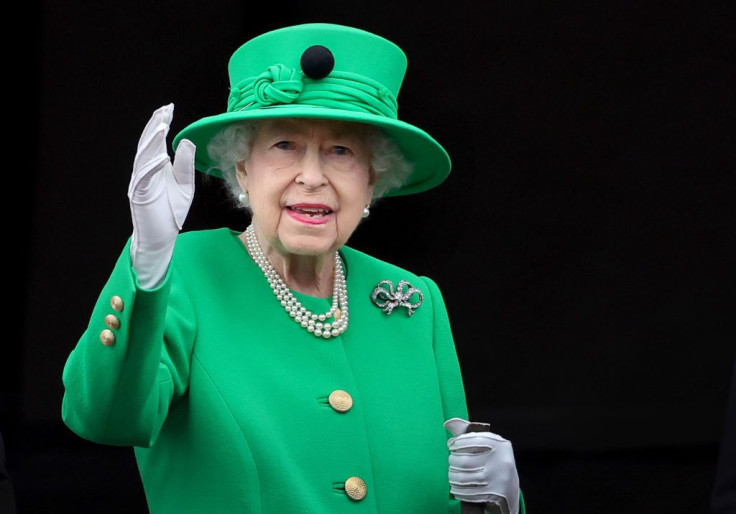Queen Elizabeth II's role is subtly revised by Buckingham Palace, which transfers greater authority to the Prince of Wales and eliminates obligations she "must fulfill" as monarch.
There are rumors that between 2021 and 2022, Queen Elizabeth's job description changed. And these significant adjustments are a sign that the Queen is no longer in top form.
For the first time in at least ten years, certain events like the State Opening of Parliament that were previously deemed obligatory by "constitutional convention" have been removed from the Queen's "official duties" in the palace's annual report.
The Grant report from the previous year listed eight fundamental constitutional responsibilities of the Queen as Head of State. This covers both the State Opening of the Parliament and the State Visits from and to Other Heads of State.
The Queen's job description in this year's revised report, though, apparently sounded a little hazy.
Additionally, the Queen's responsibilities as the head of the country have changed.
Woman and Home explained that Queen Elizabeth's current job description only requires her to receive foreign heads of state and "encompasses a range of parliamentary and diplomatic obligations." Such changes to the monarch's position haven't been made in more than a decade.
These subtle changes provide the Queen more time to rest at Windsor Castle instead of traveling for work. The great-grandmother has endured several challenges over the past 18 months, including a COVID-19 diagnosis, trouble walking, and the passing of her devoted husband, Prince Philip.
While the Queen cannot abdicate the monarchy due to these worries, she can assign many of her existing responsibilities to younger Royal Family members.
The Sovereign Grant report's revised version states that Her Majesty's closest relatives should step forward to represent her when necessary. Prince Charles and Prince William have done this on multiple occasions recently.
Also noteworthy is the fact that the Queen had to miss a lot of events this year because of her failing health. According to News.co.au, the palace may have simply implied that the Queen won't return to her former self.
The publication wrote: "The Queen, as we knew her before the pandemic and the death of Prince Philip, was a redoubtable, stoic presence who popped up with reassuring regularity in some riotously colored coat to cut a cake or watch a tree being planted or inspect some new medical wing is gone. Her Majesty’s ‘episodic mobility problems’ and whatever else might be ailing her clearly prevent her from physically undertaking her duties as sovereign as she once could. Courtiers and aides will clearly have to economize carefully when it comes to the Queen’s time and energy going forward."
The Queen's potential abdication has also been a topic of great discussion over the past few years. Before turning 95, a source insisted that the monarch would renounce her regal responsibilities.
Royal biographer Robert Jobson claimed that the Queen plans to start a regency when she turns 95.
Jobson said in an interview with Vanity Fair: "It is the Queen’s intention to hand over to Charles when she turns 95. We are in a period of transition at the moment and it is my understanding the Queen wants to hand the regency over to Charles and in doing so, give him all the executive powers of the monarch. She will retain the title of Queen, she’s not abdicating, but there is enough scope within the Regency Act for her to step down should she wish to. We are talking regency, not an abdication. The most important thing is to maintain the strength and integrity of the institution. If she feels her advancing age is in any way weakening the institution, then she would bring about change."
And between the ages of 95 and 96, the Queen began delegating some of her royal responsibilities to both her grandson, Prince William, and her eldest son, Prince Charles.

© 2025 Latin Times. All rights reserved. Do not reproduce without permission.





